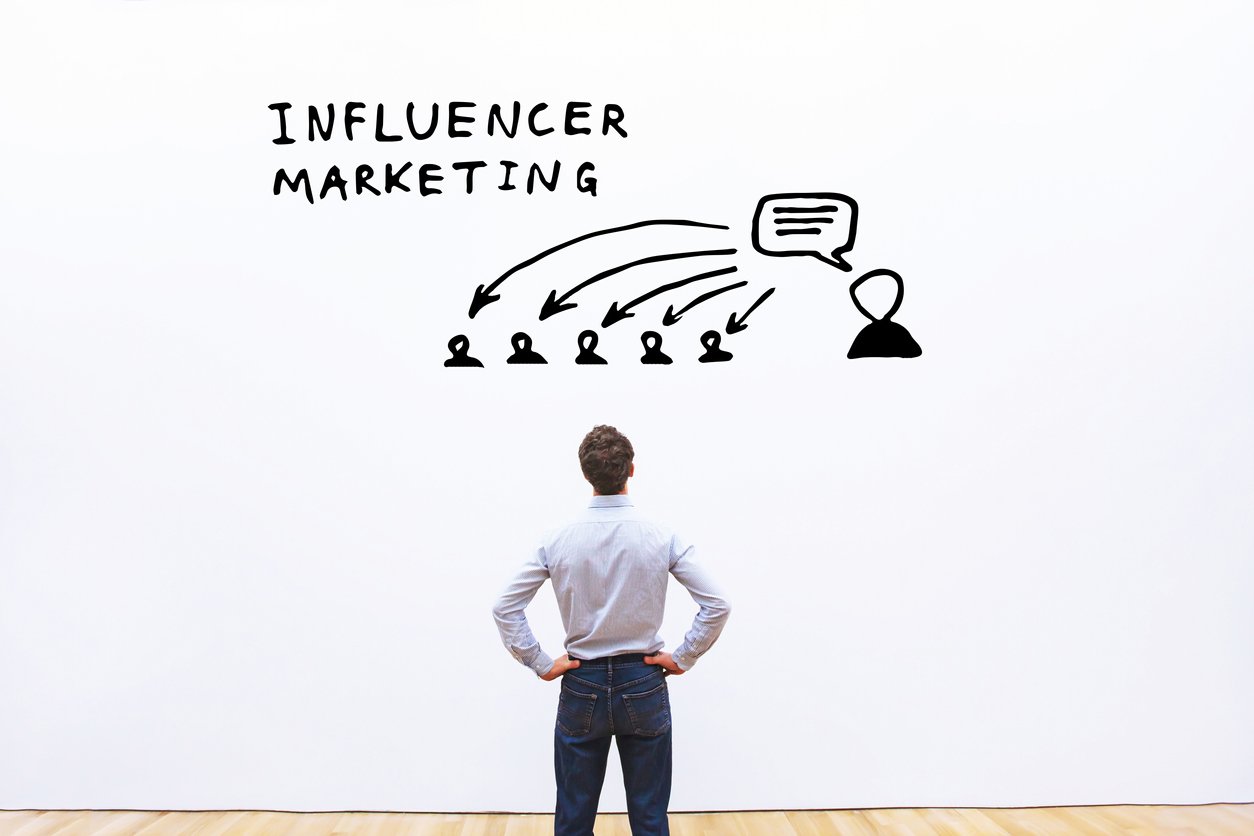Moving sales to a digital age

Over the past decade, advances in digital technologies have seen a major shift in how people consume information. Most people can now find the answer to a question in an instant with a few taps on the screen of the latest smartphone.
One of the biggest changes we’ve seen is how consumers shop, and the background work they’ll do leading up to a purchase. It’s no longer expected that people will simply head into a store and buy the first gadget they see, or rely purely on the advice of a sales rep. They will research what they’re thinking of buying online first and compare the latest models, user reviews, and who can give them the best deal.
So what effect does this have on sales and how we sell to consumers? While traditional elements of sales shouldn’t be tossed to the side, there are some things that can be done to attract even the savviest of today’s digital consumers. In this blog we’ll delve into how consumer buying behaviour has changed, and what sales teams can do to keep up with this.
Understanding your customers
When it comes to selling a product or service, it’s essential that you first understand your potential customers, why they would buy your product or service, and why they might not. While you may already have a good idea of who buys your products, you may not have a full understanding of how they solve problems, and what motivates them to purchase.
Start with creating buyer personas. Research shows that 65% of companies who exceed lead and revenue goals have updated their buyer personas within the last six months.
What’s a buyer persona?
A buyer persona is a fictional, general and abstract view of your ideal customer. They are designed to help you understand and focus on the customer you want to attract so that you can tailor content and journeys to them.By creating buyer personas you will get a better understanding of your customers wants and needs. You’ll also gather insight into how these people like to be communicated with and the most effective channels to achieve this. An in-depth buyer persona will identify where they may have gone for research before talking to a sales rep, which will inform the sales team on the perspective they may have crafted before engaging with your team.
The buyer’s journey
To effectively sell your product or service it’s not simply enough to know who your ideal customers are, you also need to understand how these people make their buying decisions or in other words, get to know their ‘buyer’s journey’.
What's the buyer's journey?
The buyer's journey is the process buyers go through to become aware of, consider and evaluate, and then decide to purchase a new product or service.
An overview of the buyer's journey.
If you don’t already have a buyer’s journey mapped out there are a few simple things that can be done to get you started, like conducting research with your existing customers. Give them a call and ask them a range of different questions relating to each different stage of the buyer’s journey. HubSpot has some great example questions in this blog to help you on your way. Fundamentally you want to understand the process they go through from identifying a problem or need to becoming ready to buy.
Once you understand the buyer’s journey and how your prospects are making purchasing decisions, you’ll be in better shape to personalise your sales process for individual customers.
Consumer behaviour
Today’s consumers can be a challenging client base – an abundance of technology right at their fingertips and external factors influencing their decisions at every point can make generating sales even harder for the traditional salesman. Keeping a ‘finger on the pulse’ of factors that will impact their decision making is key to any successful sales team.
The role a salesperson plays in the buying process has fundamentally changed. Customers now need the salesperson to tailor the process to their challenges and add value to the relationship. With so much generic information available the salesperson’s role becomes more focused on that particular customer and their needs. Rather than make the traditional salesperson redundant technology makes them more valuable than ever – so long as they are placed to go beyond the basics.
Word of mouth
Did you know that when deciding on a product or service to purchase, consumers trust word of mouth the most? In a recent study conducted by HubSpot they found that friends and family top the list as the most trustworthy source for discovering new products or services. Consumers prefer to be influenced by people they know well to inform their buying decisions.
Why is this important? If your customers have a bad experience with you this may discourage potential customers from purchasing from you. Many people now also won’t hesitate to leave a 1-star Google or Facebook review when they’ve had a poor experience with a company.
This trend reinforces the role of a good modern salesperson. By crafting a valuable relationship with the customer, where their expertise adds insight a customer cannot receive elsewhere, the salesperson becomes an invaluable asset in the decision making process.
Social media

As social media sites like Instagram and YouTube continue to grow and become more popular, many people now find that they will purchase an item based off advertising from these sites, or because an influencer recommended the product.
Popular YouTubers who’s videos receive 10s of millions of views will often review different products to let their followers know if it’s something they recommend they purchase, or if it’s something they should steer clear of. Millennials and Gen Zs care about what influencers say and this is often the deciding factor as to whether a product is purchased.
Salespeople can become influencers to a certain extent as their product knowledge and industry knowledge can enable them to provide free knowledge on the things a customer should know. Whether it be comparison articles on your blog or sharing a post on LinkedIn about what can go wrong through a bad decision, your sales team have the knowledge to influence an audience seeking advice.
An omni-channel experience
As you read this blog I’m sure you have a number of devices within easy reach! As technology becomes even further ingrained in our day-to-day lives, this can’t help but have an impact on the channels we use to communicate with potential customers. This is why taking an omni-channel approach to how we’re selling can be beneficial.
What's an omni-channel experience?
An omni-channel experience is a unified multi-channel approach to marketing, selling, and serving customers in a way that creates an integrated and cohesive customer experience no matter how, or where a customer reaches out.An omni-channel experience will account for every digital platform and device a customer will use to interact with a company. That knowledge is then used to deliver the customer an integrated experience. Companies often use this technique as they can then align their messaging and goals across each channel and device.
By aligning all of these factors together, companies can use the omni-channel experience to enhance their marketing and service efforts and in turn, this will benefit a sales team as a well-planned customer experience will deliver better quality leads. See examples of companies that get the omni-channel experience right by clicking here.
If you would like some help to drive more sales to your team and would like to find out more about how digital marketing could achieve this get in touch with us.
Download your free guide to Smarter SEO
Good SEO can mean the difference between your business being found, or you being lost in the growing mass of online resources. This guide is designed to help you rise above your competition.
Download now






